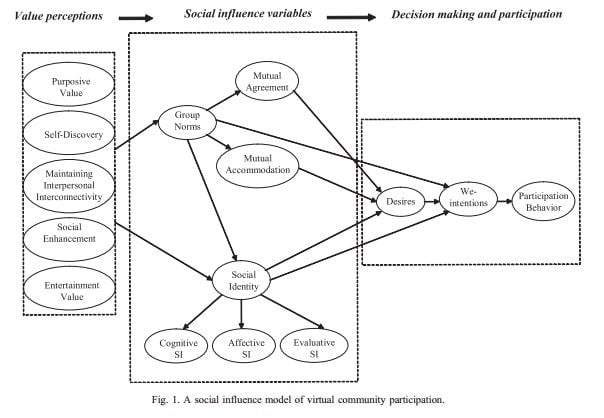


For those who believe that their organization has content and data management issues now, believe me -- you haven't seen anything yet. Most enterprises are finally beginning to understand the business imperative of collaboration and communication tools, with many having carved out a nice chunk of their IT and marketing budgets for these technologies -- even if they do not fully understand how to use them effectively. In the meantime, the volume of content being created and stored will only increase. At a gut level, people understand the concept of "one version of the truth" as the need to reduce information and process silos by bringing all of their data and content together, allowing people to find the right content, at the right time. It's a great concept, for sure, but most companies fail to achieve this ideal. Instead, they struggle with end user productivity, adoption, and disengagement issues. Few realize that these content and data management issues can be mitigated through better community management.

A few years back, America Online went through an acquisition spree and picked up some of the leading content and news websites, including major brands like Advertising.com, Bebo, TechCrunch, and HuffingtonPost among many others. In the midst of these acquisitions, AOL launched a research effort to better understand how users interacted within and across these digital properties. Specifically, they looked at how user participation changed when part of a community versus an anonymous reader. While not scientific, their analysis showed that individuals who are part of a defined community are much more likely to participate in a discussion -- and add value to the community -- than someone who is outside of the community, such as an anonymous reader or site visitor. Another interesting data point was that less than 20% of people will comment or share data if nobody else has commented. In other words, community drives activity and interaction.
While investigating the topic further, I came across a 2004 research paper by Dholakia, Bagozzi, and Pearo that was published in the International Journal of Research in Marketing, entitled 'A social influence model of consumer participation in network and small group-based virtual communities" which showed some similar conclusions to the AOL study. I must admit, I'm a bit of a networking science wonk and personally love this kind of content, but I would encourage you to read more as their research into the motivations behind community participants provides some valuable insight into making enterprise collaboration more effective.
"To understand the motives of virtual community participants, we draw upon the well-established uses and gratifications paradigm, originally developed and employed by communications researchers to understand people’s motivations for using different media. This research has shown that individuals often seek out media in a goal-directed fashion to fulfill a core set of motivations, which are also helpful in understanding why consumers might participate in virtual communities."
The researchers go on to identify the different motivations that factor into community involvement, as illustrated in their social influence model:

If you're interested in the science behind network science, this is a really good weekend read, and goes into great detail on the different types of communities, as well as the varying bonds that bring people together around shared interests and goals. I'm also presenting on this topic at the upcoming European SharePoint Conference in Vienna next month.
While this study was conducted prior to many of the modern social and collaboration tools and technologies that we have come to rely on today, the core underlying technologies existed at the time of the study, and were very much part of their research and analysis, including email, intranets, public websites, real-time communication tools including instant messaging, and real-time video.
What is fascinating in their findings is that the more focused the community, the higher percentage of repeated participation. In other words, people are more likely to participate in a tightly-focused community around a project, a team, or a shared interest than participate around a loosely-focused network, such as a member of an email list, or a company-wide intranet.
People connect and share, and are more likely to add to the conversation, when part of a focused community versus simply tagging and uploading content to a faceless content management system. But it's not just about creating more content. As I stated at the beginning of this article, the volume of content created and stored by organizations will only increase. However, the content created in well-managed communities where people achieve informational, interpersonal, and entertainment benefits is, as a direct result, more contextual and relevant.
With greater participation in a community, more content is created within that community -- more documents shared, more tags applied, more conversations held, all of which add to and refine the contextual footprint of that content. And if we can increase the relevance and quality of our content, we will greatly improve the data management issues we are experiencing today.
Of course, the researchers recognized that not every individual can fit into any community and find similar value.
"An important task of network-based virtual community managers may be defined in terms of matching of participants’ complementary motives effectively and maintaining a balance so that the purposive goals of most participants are achieved."
In other words, a successful community can boost productivity, improve the quality and context of content and data created, and have a real impact in your efforts to better manage your tools and environments -- but it requires thoughtful application of those tools and environments, and a constant fine-tuning of each community to get the most out of your end users.
Community is a core component of any successful digital workplace, and central to everything we do here at Beezy. If you would like to know more about how Beezy can help you implement your community strategy within SharePoint or Office 365, schedule your demo of our award-winning solution today.
These Stories on For Knowledge Managers

No Comments Yet
Let us know what you think